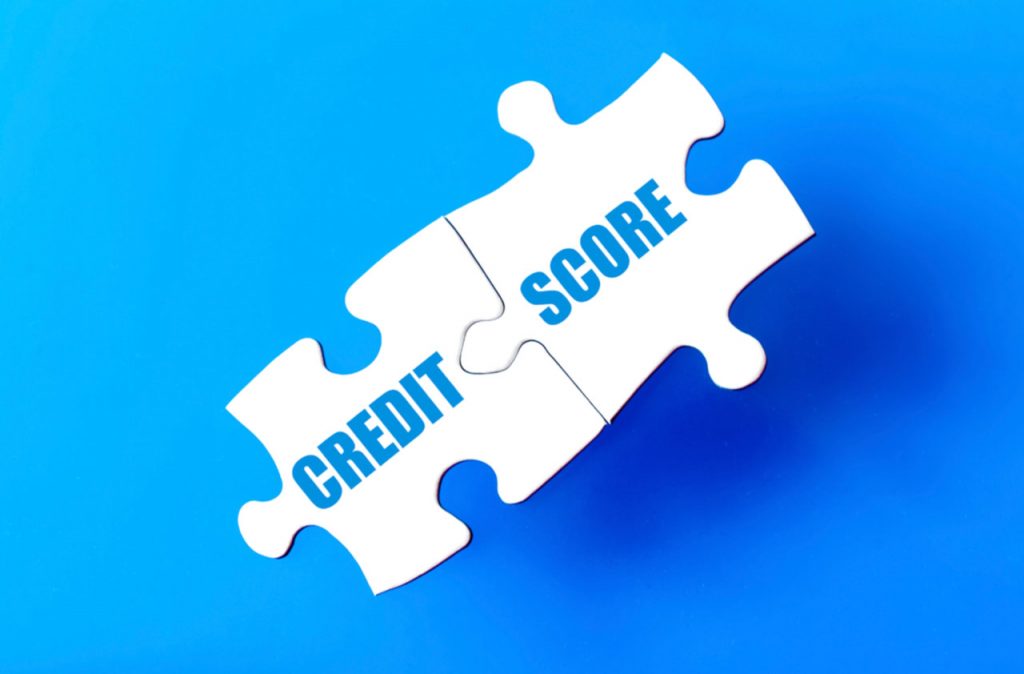NewsPatrolling.com : Almost ten years after hitting 686 as the result of the Great Recession, American consumers’ credit scores are now at a record high at 704. Average FICO scores have had an upward trend for eight straight years after the world suffered from the worst recession in the modern era.
The increase in the average credit scores comes about because there are fewer consumers with scores of less than 550. In 2017, the number of consumers with accounts in collection dropped to 23 percent from 25.8 percent in 2016.
Thirty-five percent of a credit score comes from payment history. The agency responsible for the development of credit scoring is FICO; their ranges from a low of 350 to a high of 850.With fewer consumers defaulting on their loans, scores have moved up to the 650 to 699 range. More Americans also became members of the super-prime club by achieving a score of at least 800 points. This group accounted for 18 percent during the financial crisis, and now is at 22 percent.
Importance of a Good Credit Score
Having a good credit score can help consumers save money when applying for loans. Fannie Mae and Freddie Mac require at least 680 from potential borrowers
Lenders want to know the risk involved when they give you a loan from lending services
like realisticloans. If you get approval for a mortgage, your credit affects the interest rate. A bad rating means a higher interest rate. A bad score might even make the lender turn down your application.
Credit scores are also important even if you are just renting. Property owners look at credit rating when considering potential clients. They want to know if you can afford to pay the rent each month.
You also need a good score when buying a car. Car loans are based the same as mortgages, but on a smaller scale. You will enjoy a good interest rate and a smaller down payment with a good score. After purchasing a car, you’ll also need to get insurance. Not surprisingly, most insurance companies look at the score when determining a client’s premium payments.
Increased credit risk means lenders will add a premium to the price of the money you are borrowing. If you have bad credit scores, lenders will definitely lend you money at a much higher interest than they will to a person with a good score.
New FICO Score Record
From a demographic perspective, baby boomers and Gen X are the reasons for the new FICO milestone. The younger group, between the ages of 18 and 29 have an average rating of 659. People in their 30s have an average of 677. Those in their forties average 690. Those in their fifties have a score of 713. Lastly, senior citizens in their 60s have the highest average score at 747.
Scores improved each year. Older folks also have a long history that the bureau can base their score on. People in their 20s and 30s also have more debt due to their college loans, which is the prime reason for their score. According to a study, student debt is second only to home mortgages.
The new FICO report comes with bad news, though. People with credit cards accounts more than 90 days past the due date increased to 8.2 percent from 7.7 percent in April of 2017. However, experts see that as a slightly positive note. It showed lenders are less strict in the qualifications because that make them willing to approve applications from near-prime individuals. Those are the ones more likely to default.
The new average score average comes at the time when consumers are close to fully recovered from the Great Recession. Even though wages are at close to the same level, consumer confidence is at its highest level in the past 17 years.
NewsPatrolling.com : The unemployment rate is almost at a 50-year low, while household income improved by $2.19 trillion to a record high of $106.9 trillion in the second quarter of 2018. The improved income led to increased spending that’s fueling around 70 percent of the nation’s economy.
Experts expect the incoming holiday season to break spending records with estimated sales of around $1.1 trillion between November and January.
Household Debt Increases
As credit scores improve, more consumers are getting new debts. US consumers are borrowing more, as mortgages increase at a steady rate. The ratio of savings to personal income dropped to 6.7 percent in June from 7.4 percent in February.
The number of auto loans has increased steadily since the end of the Great Recession. Consumers are also taking more time to repay their car debts. In the second quarter, household debt reached $13.3 trillion, which is the highest of all time and broke the earlier record of $12.68 from the third quarter of 2008.
How to Reduce Household Debt
The good news is that there are ways you can reduce your own household’s debt. The first step is to organize your finances. It might be overwhelming at first, but there are apps and other tools that can help you with the task.
You should also distinguish between your needs and wants. When you go through your expenses, you should decide whether the items listed are luxuries or needs. By sticking to a list and spending only on necessities, you can lower your expenses and reduce your dependence on debt.
Lastly, you should have an emergency fund. That way, you don’t need to get a loan when you face unexpected expenses. The fund should be around three to six months’ worth of your expenses. The best way to build the fund is by setting aside a portion of the income each month until you have enough cash.
This information about record National debt really shows that overall debt affects your own lifestyle.
